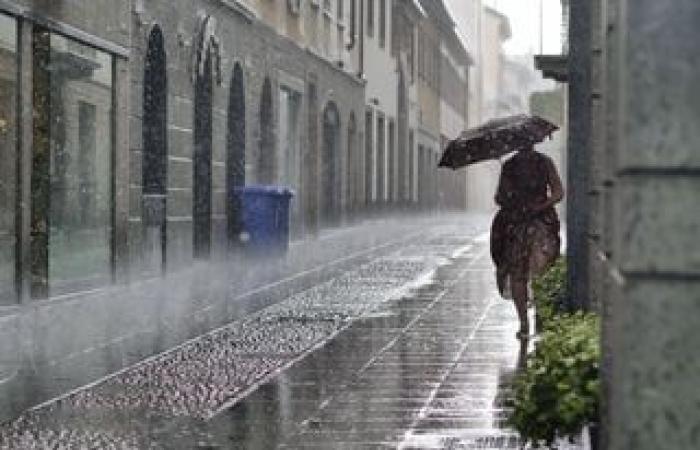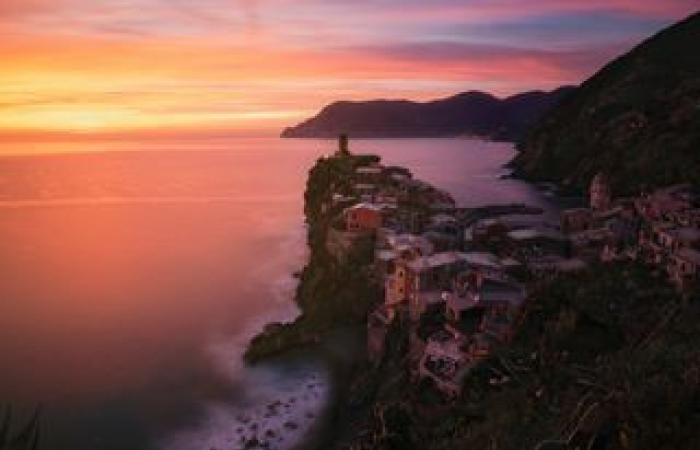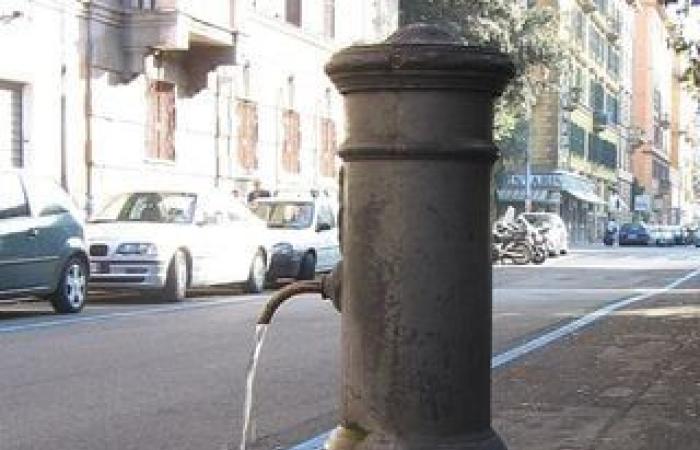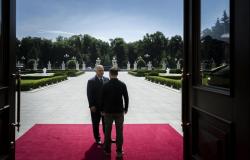He’s about to come back this year too the magical night of San Giovanni, a moment awaited by many people to be celebrated with the famous bonfires. But when will it be, June 23rd or 24th? And what connections do the traditions of this night have with the summer solstice that has just occurred?
The feast of San Giovanni: what origins does it have?
On the occasion of the summer solstice, the suggestion of ancient rites, dating back to prehistory, legends and bonfires still remains very strong in various parts of the world. They are all events linked to the cult of the Sun, which already occurred long before Christianity.
With the arrival of Christianity, the ancient traditions linked to the summer solstice were reinterpreted, and with the celebration of Saint John a new religious meaning was added.
Before Christianity it was a pagan festival that celebrated the sun in its moment of maximum splendor, and fertility, but it was also a ritual in view of the imminent new shortening of the days.
Just like what happened for Christmas However, a celebration that has its roots in the most remote past and well before the beginning of Christianity, due to its concomitance with the winter solstice, the night of Saint John follows the ancient celebrations for celebrate the Sun.
The traditions linked to the night of Saint John are still widespread today in various European countries, and are concentrated precisely nthe night between 23 and 24 Juneknown as St. John’s Night, or Witches’ Night.
When is St. John’s Eve?
The night of San Giovanni is celebrated between the evening of June 23rd and the early hours of June 24th. Saint John’s Day is June 24th.
One of the traditions linked to this festival, which is celebrated in many parts of the world, is the lighting of enormous fires, the bonfires of San Giovannia tradition that has remained to this day.
Another tradition is that of the infiorate. The lighting of bonfires on the night between 23 and 24 June is common in many European countries, from Italy to Spain, from Ireland to Greece, from Russia to Norway, from Germany to Sweden. In the Middle Ages these celebrations transformed into the feast of Saint John the Baptist, whose birth the Church set on one of the days of the summer solstice.
The feast of San Giovanni in Italy
Many Italian cities and towns have preserved these traditions: among the most important festivals are those of Genoa and Florence. Instead of bonfires today the night is often lit up with fireworks. Even in Rome the feast of San Giovanni was once very heartfelt and the processions with torches and lamps had the Basilica of San Giovanni as their destination. On this occasion, noise was also made with trumpets, cowbells and firecrackers.
Another custom was to eat snails which ward off adversity with their horns. Another widespread event is that of the flower displays. Many traditions have been lost today, but they were once many and widespread. Among these, also that of harvesting of walnuts on the night of San Giovanni, to prepare the liqueur known as nocino.
The lighting of bonfires in Europe
The use of bonfires on St. John’s Eve is still widespread in certain areas of Europe. In Spain it is a deeply felt tradition throughout the North, from Galicia to the Basque Country, where the “hogueras“.
In seaside resorts, bonfires are also lit on the seashore. Even in Denmark the tradition of bonfires is still very much alive, as well as in Ireland, where on the night of June 23rd there is Bonfire Night (bonfire night). In Italy bonfires are still lit in Turin and other cities.










